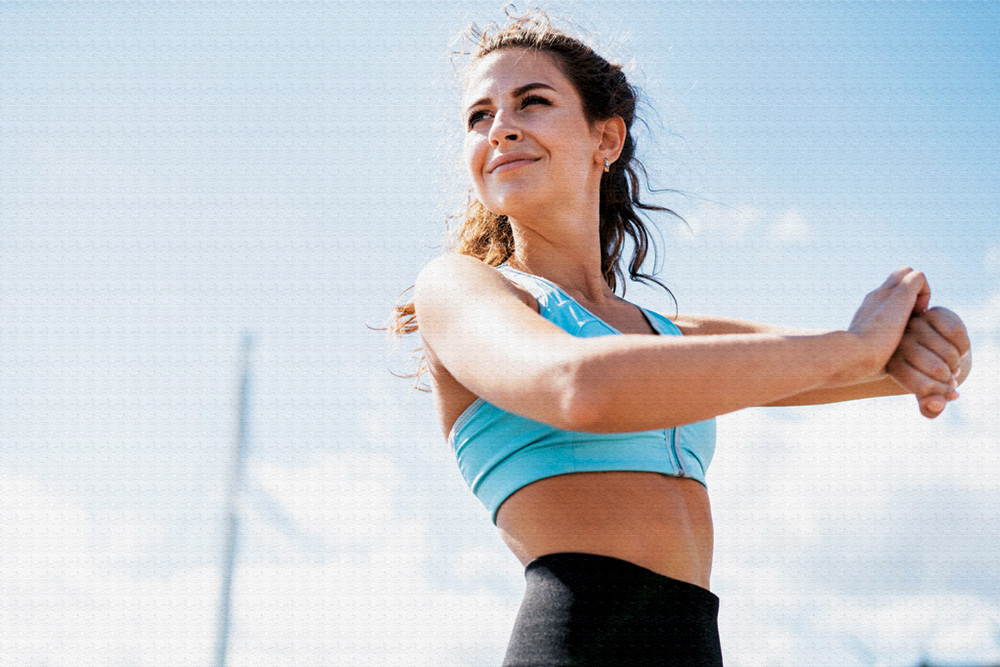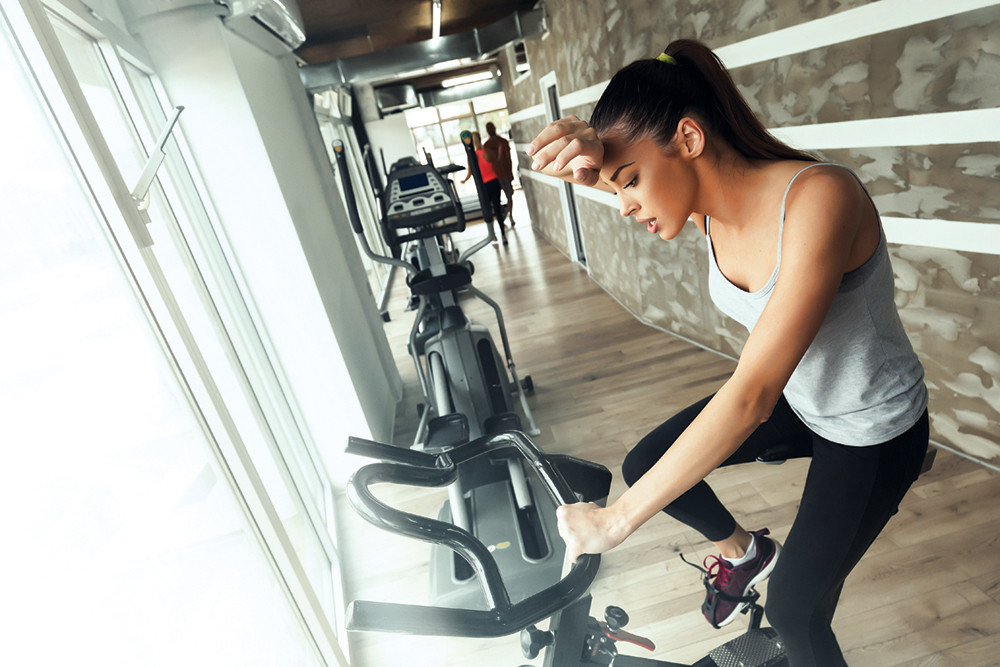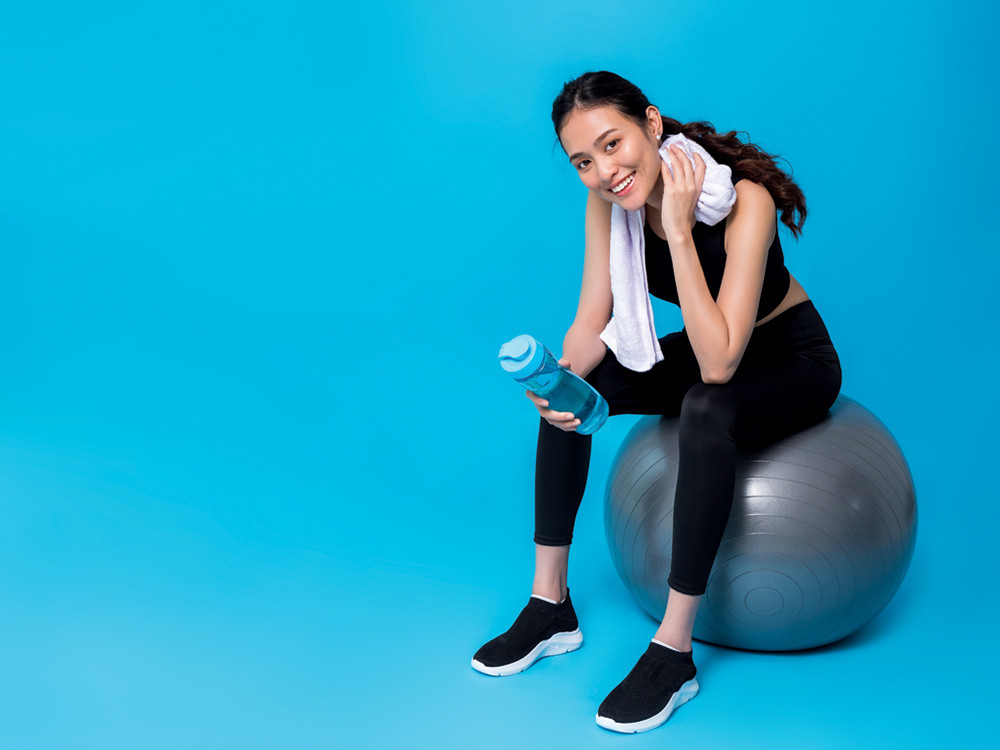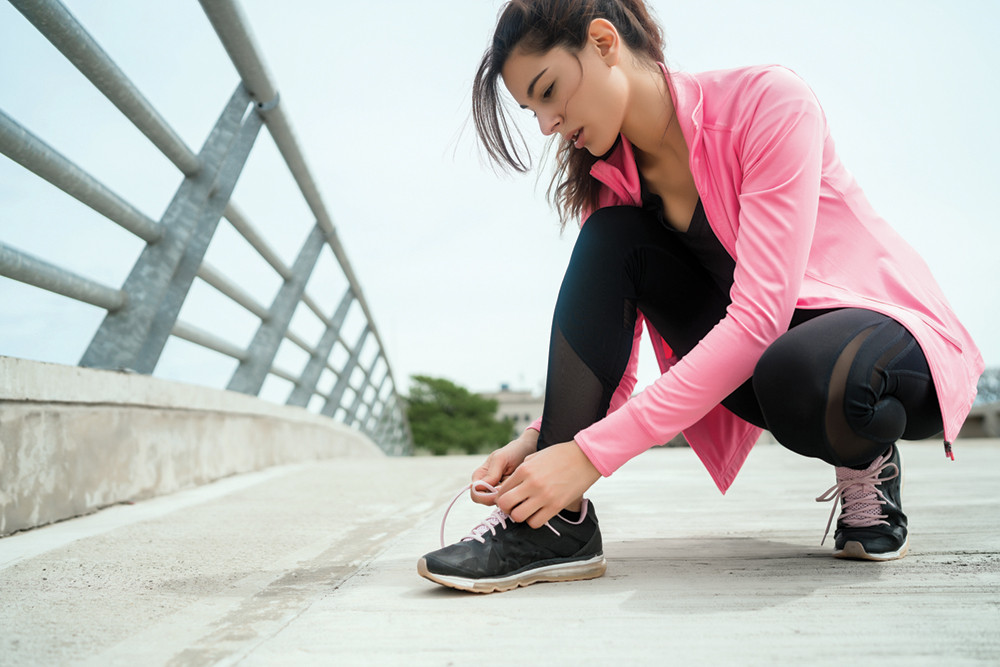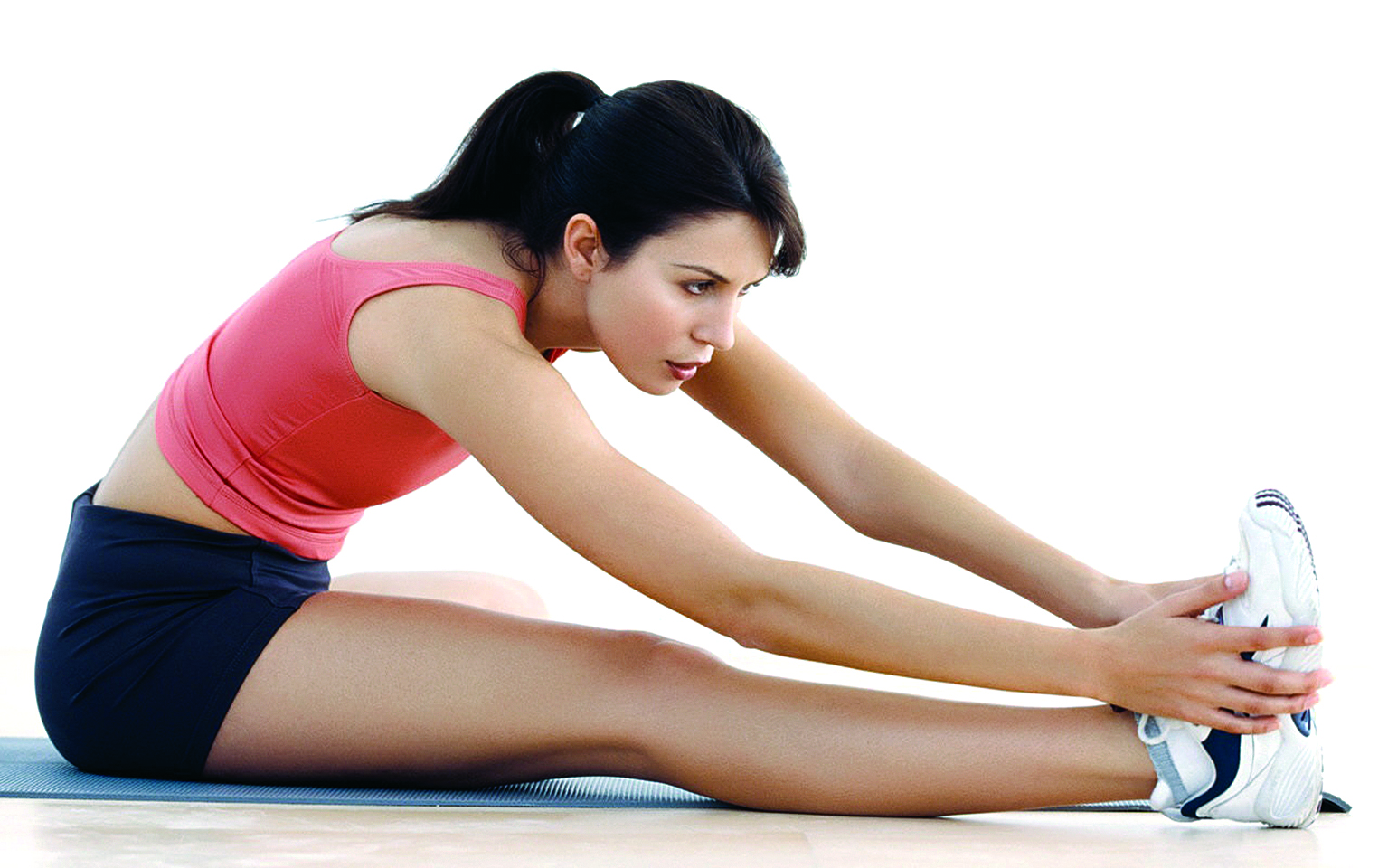
There is an old saying in yoga that your state of health can be measured by your state of flexibility. ‘Vihar’ or bodily movement not only allows you to perform daily activities but also affects the internal function of your body. Flexibility plays an important role in all aspects of human movement. Limited flexibility restricts the flow of movement which can cause injuries, postural problems, muscle stiffness and imbalances, back problems, stress, lethargy, etc.
Flexibility refers to the range of motion or movement of a joint or group of joints. In normal condition your joints are designed to move freely in its intended directions. Stiffness or lack of flexibility is primarily caused by inability of the muscles surrounding the joint to stretch to optimal length. Lack of exercise or lack of exercise catering to suppleness causes muscles to stiffen and tighten. You can lose up to 40 percent of your flexibility by staying sedentary for as little as four weeks. So basically if you don’t use it you lose it.
There are factors like old age, joint structural injuries, inactivity, stress and certain muscular conditions that may affect flexibility. However, you can improve your flexibility by including regular stretching exercises in your training program. Stretching helps to lengthen the muscles and loosen up joints. It relaxes muscles (relieves tension), decreases incidence of injuries, improves posture, improves circulation, reduces muscle soreness and provides faster recovery after workouts. It also makes your muscles look leaner and longer.
Three types of stretching are generally used: static, ballistic and dynamic. In static stretching you hold a fully stretched position for a certain period of time. This is the safest and most effective form of stretching. It’s been found that performing five reps of static stretch and holding each for 30 seconds can give best results. Yoga postures are an example of static stretching.
Ballistic stretching is often used in sport and involves adding small bounces when in fully stretched position in an attempt to extend the range of movement still further. This type of stretching can be dangerous if the small bounces become large and uncontrolled. This is a specialist type of stretching not suitable for beginners.
Dynamic stretching and ballistic stretching are similar in that both allow faster movements to occur during training. Dynamic stretching includes movement specific to a sport or movement pattern. For example doing a lunge walk in which length of the stride is exaggerated and back leg is bent. If you are a beginner you should only do it under the supervision of a qualified trainer. Dynamic stretch requires balance and co-ordination, so the practitioner may experience muscle soreness for a short period of time during the introduction of dynamic flexibility training.
Try assisted stretching which can be a fun and effective way to improve your flexibility. It involves the use of a partner to achieve better stretch. However, if a partner is not available, you can use an object, such as a wall, chair or bench. Make sure your partner helps you ease into a stretch slowly. You should give your partner constant feedback as to how the stretch feels so you can avoid injuries caused by your partner overstretching you. A qualified fitness trainer can teach you how to properly perform assisted stretches.



